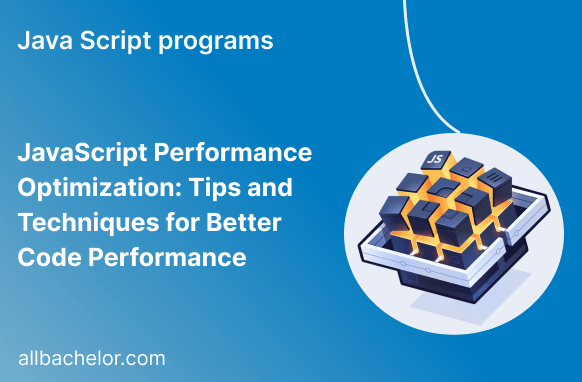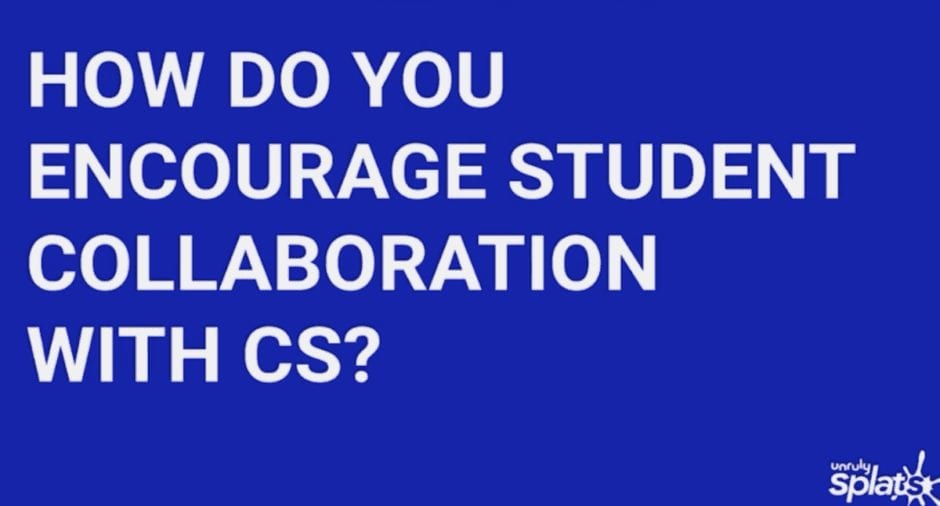
Enhance Understanding and Collaboration with Code Documentation Tips
Effective code documentation is a cornerstone of successful software development. It not only clarifies your code for yourself but also fosters collaboration within a team. Let’s delve into some essential code documentation tips that can significantly improve the understandability and maintainability of your code.
1. The Purpose and Importance of Code Documentation
Code documentation serves as a roadmap for developers navigating through your code. It includes comments, README files, and inline documentation that provide insights into the code’s purpose, functionality, and usage. Proper documentation is crucial for onboarding new team members and ensuring the longevity of your codebase.
2. Choose Descriptive Comments
When adding comments to your code, prioritize quality over quantity. Choose descriptive comments that explain the why behind a particular code block, rather than reiterating what is evident from the code itself. Comments should provide context, making it easier for others (or yourself in the future) to understand the rationale behind design decisions.
3. Adopt Consistent Documentation Standards
Consistency in documentation is key for readability. Establish and adhere to documentation standards across your project. Consistent formatting, language, and style create a cohesive documentation experience, making it easier for developers to transition between different parts of the codebase seamlessly.
4. Inline Documentation for Functions and Methods
Clearly document the purpose, parameters, and return values of functions and methods. Inline documentation is invaluable for understanding the expected behavior of a specific piece of code. Modern integrated development environments (IDEs) often use these comments to provide quick hints and suggestions, enhancing the developer experience.
5. README Files as Project Guides
A well-crafted README file is a central hub of information for your project. It should include an overview of the project, installation instructions, usage guidelines, and any other relevant details. A comprehensive README ensures that developers can quickly grasp the essentials and start contributing or using the project with minimal friction.
6. Document External Dependencies
If your project relies on external libraries or APIs, document these dependencies clearly. Provide information on versions, compatibility, and any specific configuration needed. This ensures that collaborators and users are aware of the project’s external dependencies and can set up their development environment accordingly.
For an in-depth guide on code documentation, check out Code Documentation Tips.
7. Update Documentation Alongside Code Changes
Code evolves, and so should its documentation. Whenever you make changes to the code, ensure that you update the documentation accordingly. Outdated documentation can lead to confusion and errors. By maintaining documentation in sync with code changes, you contribute to a more accurate and reliable reference for your project.
8. Use Diagrams and Visual Aids
Sometimes, a visual representation can convey complex concepts more effectively than text alone. Consider using diagrams, flowcharts, or UML diagrams to illustrate the architecture, data flow, or relationships within your codebase. Visual aids can provide a quick overview, especially for larger and intricate projects.
9. Include Examples and Usage Guidelines
Incorporate practical examples within your documentation to demonstrate how to use specific functions or modules. This not only enhances understanding but also serves as a quick reference for developers trying to implement particular features. Usage guidelines ensure that your code is utilized correctly, reducing the likelihood of errors.
10. Encourage Collaboration through Documentation
Documentation is a collaborative effort. Encourage team members to contribute to the documentation. This can include adding explanations, clarifications, or examples based on their expertise. Collaborative documentation ensures that multiple perspectives are considered, resulting in a more robust and comprehensive resource for everyone involved in the project.
In conclusion, effective code documentation is more than a good practice; it’s a crucial aspect of successful software development. By implementing these code documentation tips, you not only enhance the understandability of your code but also contribute to a collaborative and efficient development process.



![Average Renovation Costs in [Your Location] Average Renovation Costs in [Your Location]](https://images.unsplash.com/photo-1517103278237-421a1cb020fa?fm=jpg&q=60&w=3000&ixlib=rb-4.0.3&ixid=M3wxMjA3fDB8MHxzZWFyY2h8M3x8aG93JTIwbXVjaCUyMHJlbm92YXRpb24lMjBjb3N0fGVufDB8MHwwfHx8Mg%3D%3D)





